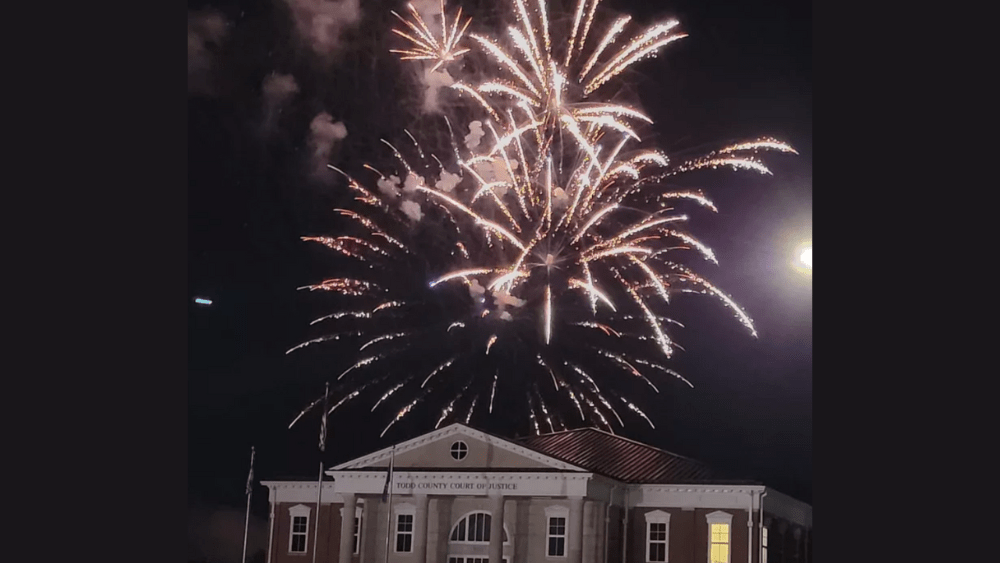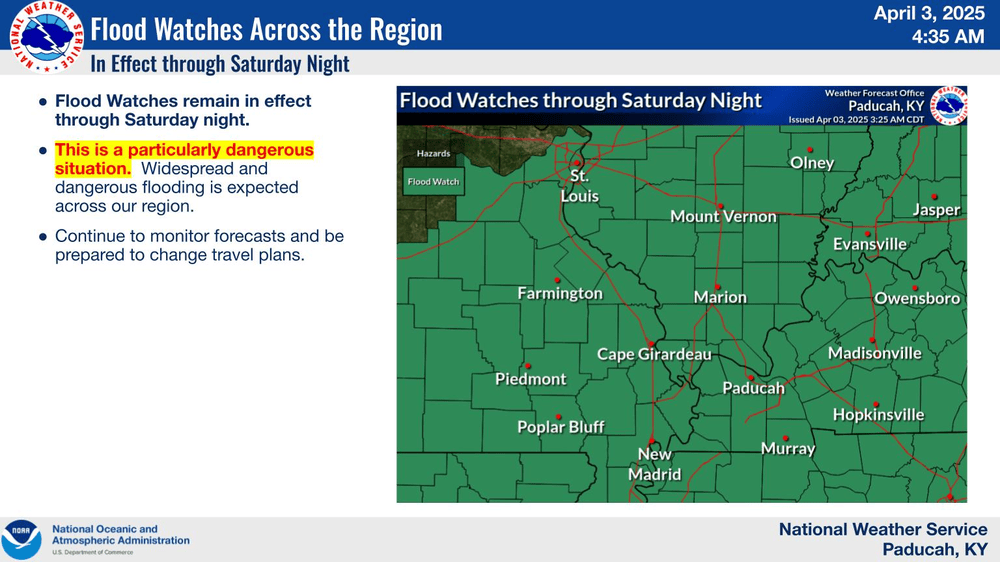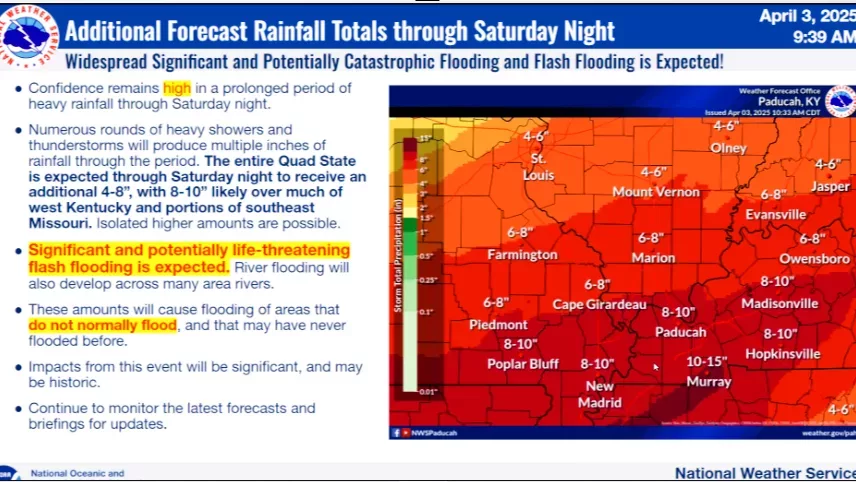“We hold these truths to be self-evident, that all men are created equal, that they are endowed by their Creator with certain unalienable Rights, that among these are Life, Liberty and the pursuit of Happiness.”
These words, penned by Thomas Jefferson in the Declaration of Independence, are the guiding principles for the creation of the United States of America as its own free nation.
The Declaration was unanimously adopted and signed by the Second Continental Congress on July 4, 1776, marking the independence of the American colonies from Great Britain’s rule – and marking what would become Independence Day.
According to PBS, the city of Philadelphia celebrated the first Independence Day one year later in 1777, commemorating the historic day with bonfires, bells, and of course, fireworks.
The custom would later spread throughout the colonies to other communities, both large and small, with speeches, military displays, fireworks, and other celebrations, becoming even more commonplace through the 1800s until it was established as a federal holiday in 1870. While today’s fireworks are most likely bigger than they were in the 1700s, the modern Fourth of July is still celebrated in many of the same ways as the first Independence Day, with friends, family, and fellowship.
The British would not recognize America’s independence until the end of the Revolutionary War in 1783, but to the Founding Fathers and many colonists, the Declaration served as a creed and a promise.
PBS shares the last letter Jefferson ever wrote before his death made reference to July 4, saying, “All eyes are opened, or opening, to the rights of man. …For ourselves, let the annual return of this day forever refresh our recollections of these rights, and an undiminished devotion to them.”





